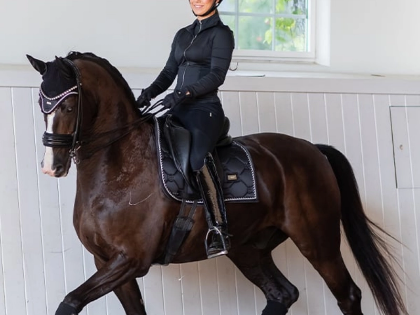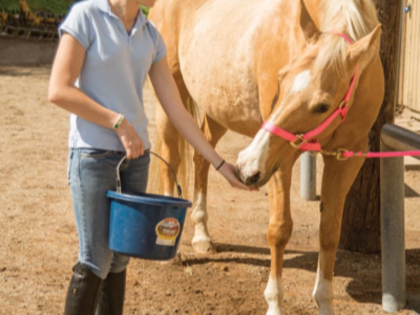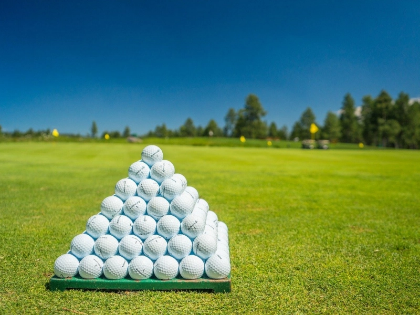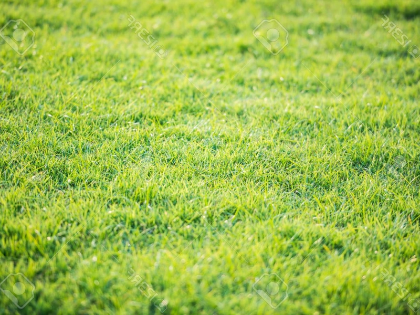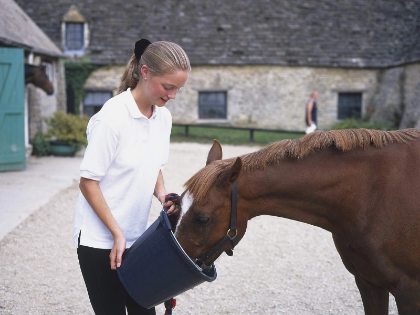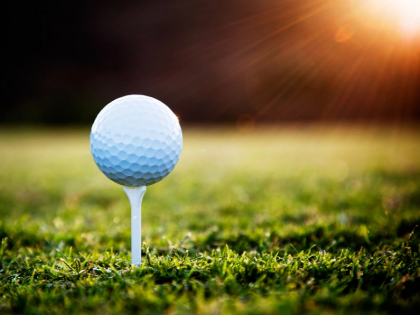Organising Equestrian Events and Putting Up Successful Horse Shows
A distinct group comes together to celebrate the essence of equestrianism through equestrian events. These kinds of activities depend on careful planning and following rules. A lot of barns write up their schedules in the afternoon or evening before a big show day. This aids in the organisation of management, grooms, and trainers throughout the day.
1. Recognise the Guidelines
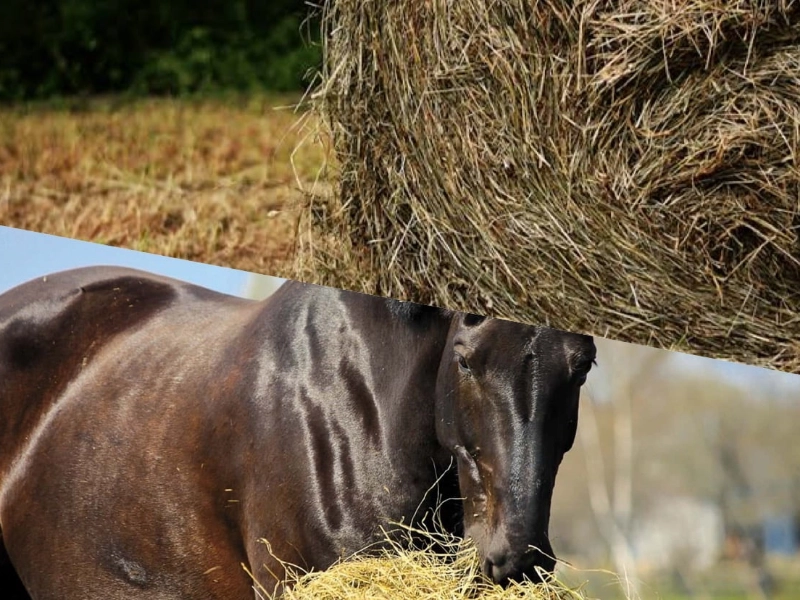
2. Recognise the location
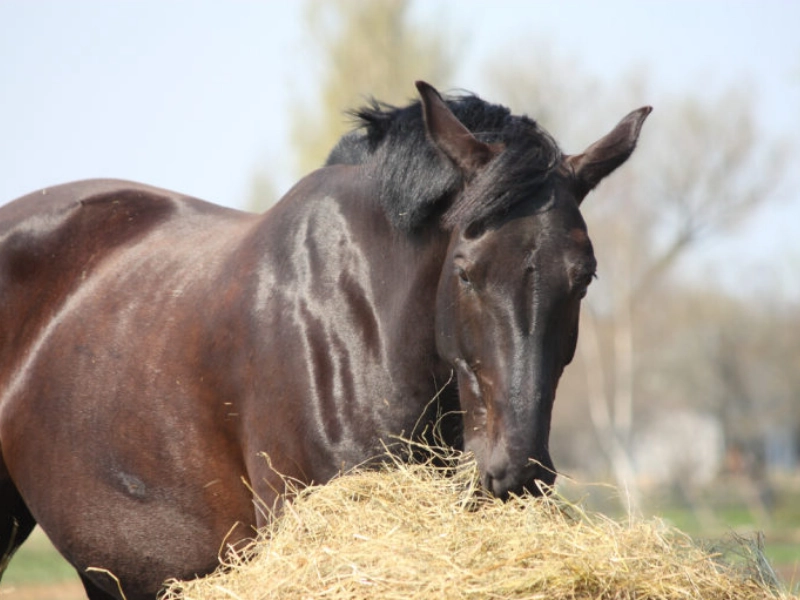 An event's location is very important. While some locations focus on one or more disciplines, others organise championships for numerous disciplines. Whatever the kind of event, having a first-rate venue goes a long way towards guaranteeing excellent programming and a satisfying experience for attendees.
Get acquainted with the venue's layout whether you're coming early in the morning or travelling there the night before. Examine which venues are ideal for longing, the location of the tack room, and the standing positions for each class's participants.
Make sure there is seating close to the arenas and supply water for the horses (so that the hard-working exhibitors don't have to walk far for their daily breaks). Ensure that food and beverages are easily available and not too far.
An event's location is very important. While some locations focus on one or more disciplines, others organise championships for numerous disciplines. Whatever the kind of event, having a first-rate venue goes a long way towards guaranteeing excellent programming and a satisfying experience for attendees.
Get acquainted with the venue's layout whether you're coming early in the morning or travelling there the night before. Examine which venues are ideal for longing, the location of the tack room, and the standing positions for each class's participants.
Make sure there is seating close to the arenas and supply water for the horses (so that the hard-working exhibitors don't have to walk far for their daily breaks). Ensure that food and beverages are easily available and not too far.
3. Recognise the contests
 It is imperative that you, as a competitor, look into the classes being offered at any show you intend to attend. It can be very frustrating to compete in classes that are too challenging for you and your horse. On the other hand, participating in too easy classes can impede your ability to advance as a rider.
A few weeks prior to the event, a lot of shows make their patterns or tests available. This saves time at the event and enables riders to practice at home.
Additionally, organising the supplies needed for each lesson in advance will help the day go more smoothly. This entails organising the saddle pad, number, martingale, girth, and bridle of each horse neatly in one pile. Even though it might seem like a little thing, this will save you a lot of time and irritation during the day.
It is imperative that you, as a competitor, look into the classes being offered at any show you intend to attend. It can be very frustrating to compete in classes that are too challenging for you and your horse. On the other hand, participating in too easy classes can impede your ability to advance as a rider.
A few weeks prior to the event, a lot of shows make their patterns or tests available. This saves time at the event and enables riders to practice at home.
Additionally, organising the supplies needed for each lesson in advance will help the day go more smoothly. This entails organising the saddle pad, number, martingale, girth, and bridle of each horse neatly in one pile. Even though it might seem like a little thing, this will save you a lot of time and irritation during the day.
4. Recognise the Sponsors
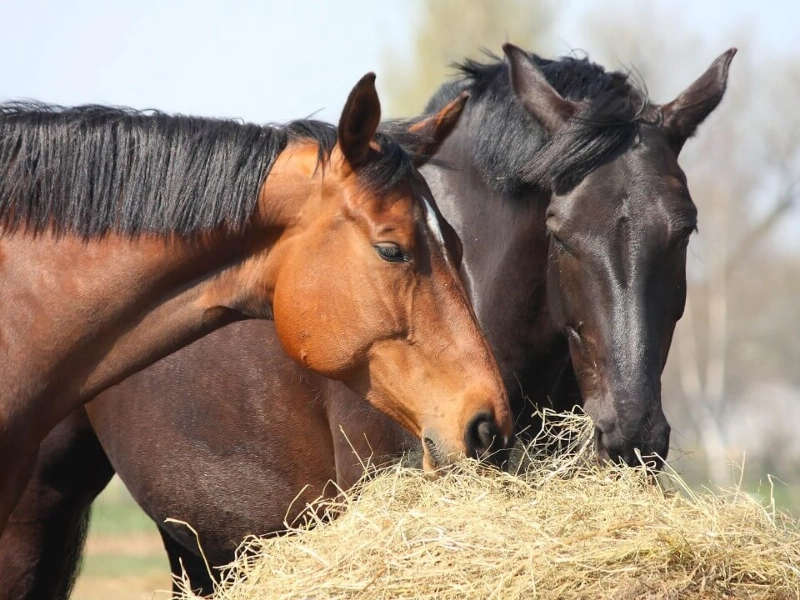 A horse show's success depends on sponsorship, just like it does for any sporting event. In order to make the event work successfully and allow participants the opportunity to compete against people from all around the world, sponsors provide cash, materials, and other services.
A mental as well as physical test of skill and endurance is frequently administered during competitions. A lot of sportsmen that compete in horses advise mentally preparing for the challenges that lie ahead by making realistic objectives and picturing perfect performances during practice.
Plan A, B, and C should always be available for any unforeseen situations that might occur throughout the event. Additionally, before anyone of legal age competes in the event, they should request liability releases from all participants (including, if required, the parents or legally designated guardians of minors).
A horse show's success depends on sponsorship, just like it does for any sporting event. In order to make the event work successfully and allow participants the opportunity to compete against people from all around the world, sponsors provide cash, materials, and other services.
A mental as well as physical test of skill and endurance is frequently administered during competitions. A lot of sportsmen that compete in horses advise mentally preparing for the challenges that lie ahead by making realistic objectives and picturing perfect performances during practice.
Plan A, B, and C should always be available for any unforeseen situations that might occur throughout the event. Additionally, before anyone of legal age competes in the event, they should request liability releases from all participants (including, if required, the parents or legally designated guardians of minors).
5. Be Aware of the Competition Schedule
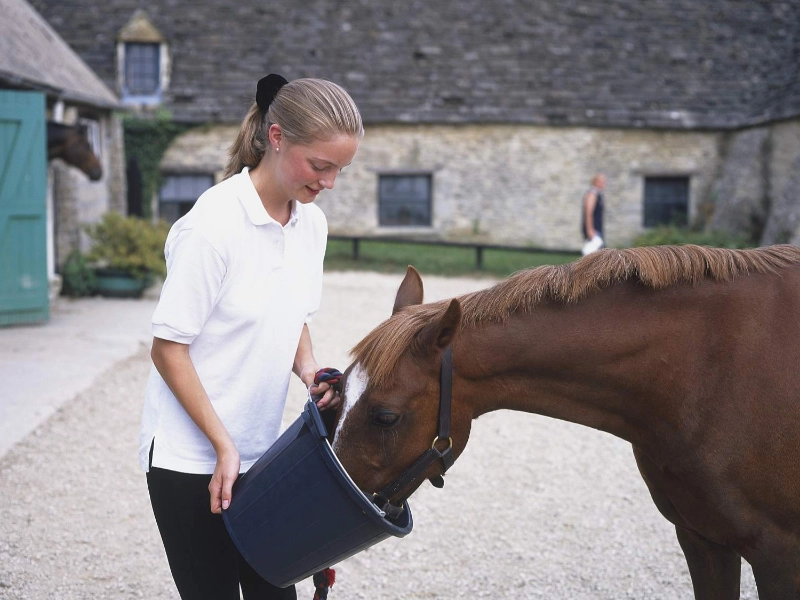 A regular routine in the run-up to the exhibition is essential for its success. The competition calendar plays a significant role in the horse's (and rider's) total programme and directly affects every other area of management.
Competitors in the show jumper class navigate a course of jumps that are set up on the arena floor. All of the obstacles must be overcome by the rider and horse without falling or getting into any kind of trouble, like time violations. The horses and riders that do the best move on to the next round of competition.
Based on their season goals, riders select which classes to enter. Developing the horse or rider, winning titles, and accruing FEI points are typical objectives. The horse and rider's competitive performance will be greatly impacted by the classes they choose to attend.
A regular routine in the run-up to the exhibition is essential for its success. The competition calendar plays a significant role in the horse's (and rider's) total programme and directly affects every other area of management.
Competitors in the show jumper class navigate a course of jumps that are set up on the arena floor. All of the obstacles must be overcome by the rider and horse without falling or getting into any kind of trouble, like time violations. The horses and riders that do the best move on to the next round of competition.
Based on their season goals, riders select which classes to enter. Developing the horse or rider, winning titles, and accruing FEI points are typical objectives. The horse and rider's competitive performance will be greatly impacted by the classes they choose to attend.


